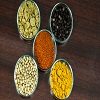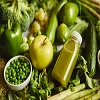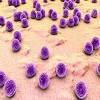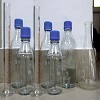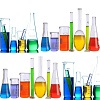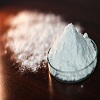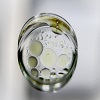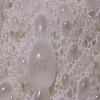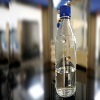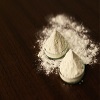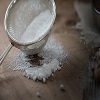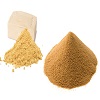FOCUS-DB: An online comprehensive database on food additive
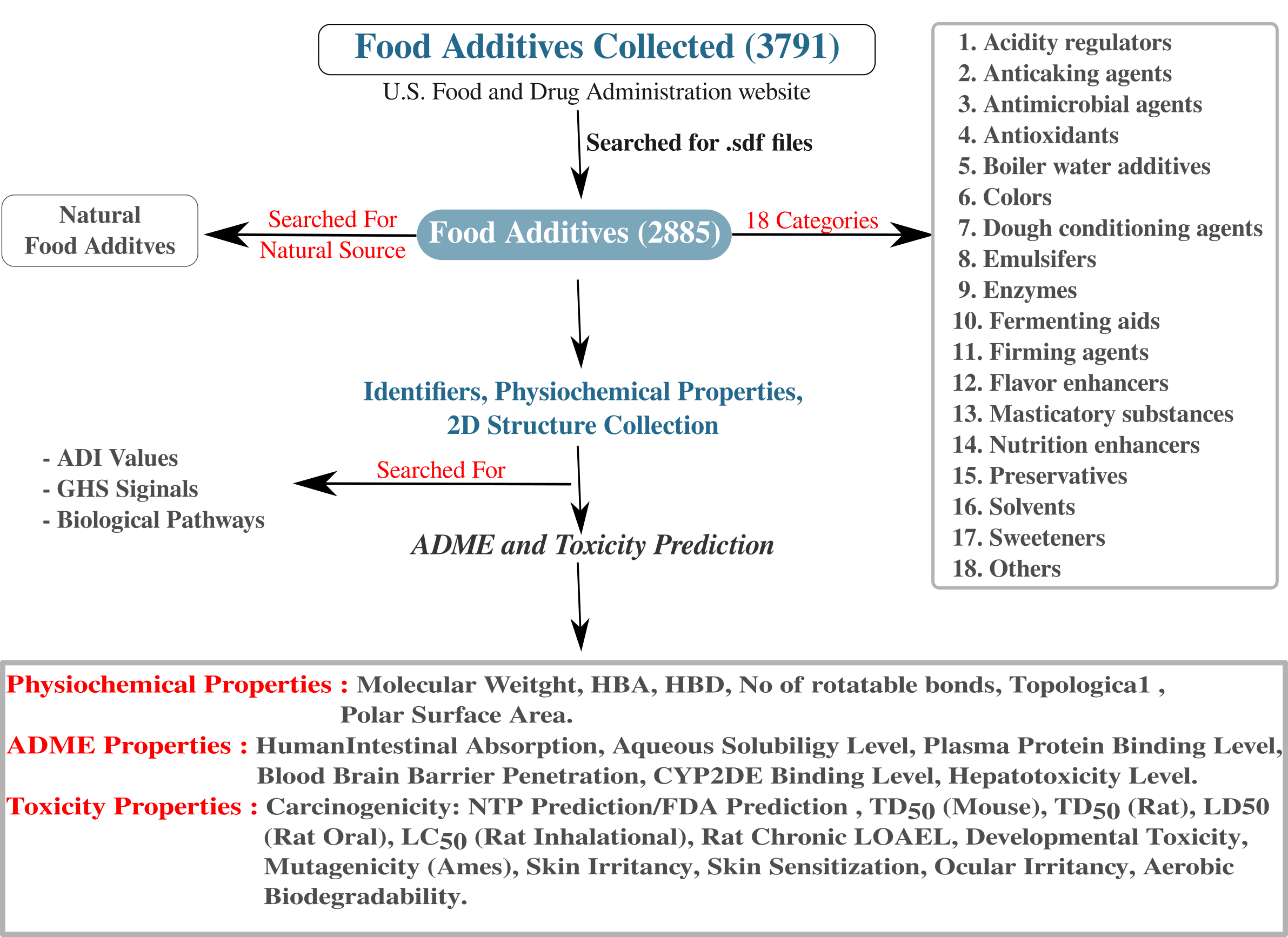
FOCUS database is a unique resource that gathers together the comprehensive information on food additives. Presently, the database comprises of 2885 food additives, distributed into 18 categories. Among all food additives, 1642 are present in nature and their natural source is provided in the database. The dynamic, user-friendly interface of the resource facilitates exploration of additive molecules for their approval status in various regularity authorities, physicochemical properties, acceptable daily intake, GHS signals, biological pathways, predicted pharmacokinetic parameters, various toxicity endpoints values etc. as well as links to other resources. FOCUS-DB is beneficial for both the regulatory authorities as well as food industries in optimizing the usage levels of the additive in food. It should also help researchers in getting compiled after understanding the relationship of food additives with toxicity.
Citation
Chauhan, Shweta Singh, Deepak Kumar Sachan, and Ramakrishnan Parthasarthi. "FOCUS-DB:An Online Comprehensive Database on Food Addititve Safety." Journal of Chemical Information and Modeliing 61. (2020): 202-210.
